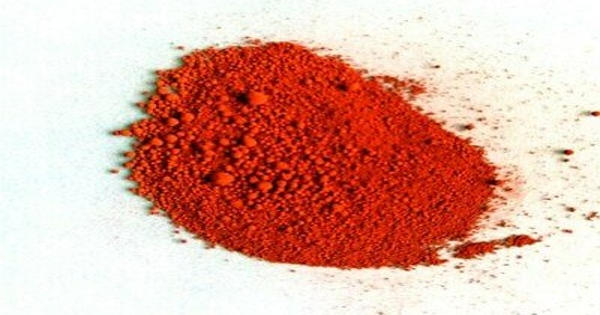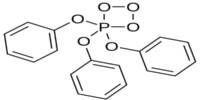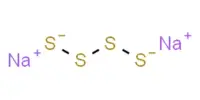Calcium disilicide (CaSi2) is an inorganic compound, a silicide of calcium. It is a whitish or dark grey to black solid matter with melting point 1033 °C. It is an inorganic compound composed of calcium and silicon, typically used in metallurgy and pyrotechnics. It is a silicide with several important industrial uses and occurs naturally in rare circumstances.
Industrial calcium silicide usually contains iron and aluminium as the primary contaminants, and low amounts of carbon and sulfur. It is insoluble in water, but may decompose when subjected to moisture, evolving hydrogen and producing calcium hydroxide. It decomposes in hot water, and is flammable and may ignite spontaneously in air.
Properties
- Chemical formula: CaSi2
- Molar mass: 96.249 g/mol
- Appearance: grey solid
- Density: 2.50 g/cm3
- Melting point: 1,040 °C (1,900 °F; 1,310 K)
- Solubility in water: insoluble
Industrial and Chemical Uses
- Deoxidizer and Desulfurizer in steelmaking: Helps remove oxygen and sulfur impurities.
- Reducing Agent: Used in metallurgy to reduce metal oxides.
- Pyrotechnics: A component in some fireworks and military flares.
- Alloying Agent: Used in manufacturing certain alloys, especially where controlled silicon content is needed.
Natural Occurrence
- Rare Mineral Form: The natural mineral form of CaSi₂ is extremely rare and not commonly found in nature.
- Synthetic Production: It is typically produced by heating calcium and silicon or calcium carbonate with silicon at high temperatures.
Safety and Handling
- Reacts with moisture to produce hydrogen gas, which is flammable.
- Dust may be irritating to eyes, skin, and respiratory system.
- Must be stored in dry, inert environments to prevent degradation.
















